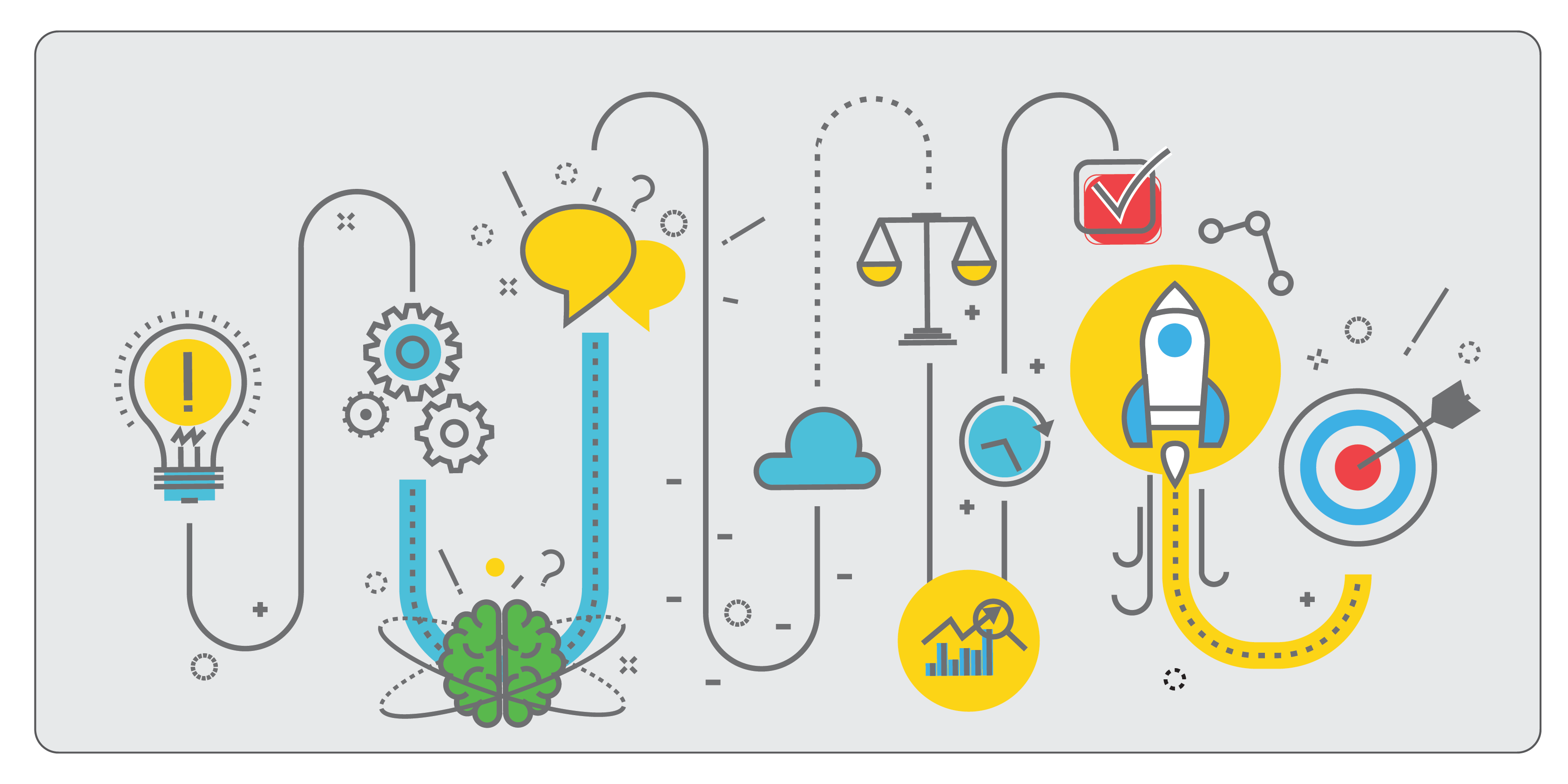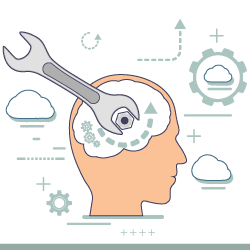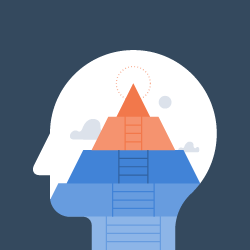Innovation Industry Steps

Coach Mohammed bin Aboud Al-Amari
Creativity
9

Through my training of many innovative students, for a period of nearly 17 years, I have often noticed narcissism, a love of showing off, and exaggerated thinking. For example, when I ask them what they want to invent, their answer is usually imaginary things or things beyond their level; I want to make a rocket... or a plane that walks on the ground and dives into the sea!!
Although imagination and ambition are important, I find that appearances cover up the innovator’s psyche, especially in the beginning, as if the goal is only invention and fame. What I fear for the innovator is that he will stop what his mind carries of ideas and dreams.
I always try to explain to them that innovation has scientific and practical steps that can be learned and applied and is not limited to geniuses, with my reservations about genius; all people are geniuses whenever they put their thinking in the right direction.
So, my dear, I want you now to learn with me the steps of innovation from beginning to end, and you will notice that you can make an invention that is useful to society and solves a specific problem, and you can apply these steps again to create another invention as well.
For example, the car carries thousands of inventions, and was developed by thousands of innovators. It is difficult at first to work on a complex project that requires a large team, but you can specialize in something simple in the car and focus on it.
Example: How does a car work with wind energy?!
A Chinese farmer from the capital, Beijing, has managed to design and manufacture a car that runs on wind energy. The Chinese farmer is Tang Zhengping, and Tang says that this car can travel at a speed of 90 miles per hour, which is a very high speed. This car also runs on batteries and solar energy as a backup.
It took Tang Zhengping three months to make this car. The front of the car has a front fan and a generator to generate electricity from wind energy, and the rear wings of the car contain solar cells as an alternative source of energy ( http://www.egymodern.com ).
In my opinion, the steps of innovation creation can be summarized in four or five steps:
First - the need (problem/challenge):
The well-known proverb says, “Necessity is the mother of invention.” Every invention was made to meet a specific need, which could be a problem, a challenge, for luxury, or to obtain money, etc. When the inventor Graham Bell invented the telephone, he thought about how people needed to communicate when distances were great and how the human voice could be transmitted.
Second: Generating ideas (using brainstorming technique):
After you have identified an important need and are seeking to solve it, then you are in the second stage, the idea stage. There are a number of ways that help you get a large amount of ideas about your topic, including the brainstorming technique, which is simply to bring a pen and paper, and write down all the solutions and ideas without discussing them. Just write down any idea, no matter how simple or funny it is, as it may be the solution or the beginning of the solution. After you write down all the ideas that come to your mind about the topic on the paper, you can get 20 or 30 ideas, then choose the one that is appropriate for the solution.
Third: Model design:
Yes, indeed, there remains an important step, which is designing a model that explains the idea of the innovation and how it works in a tangible way that you can deal with after it was only a mental idea. Many ideas are surrounded by a kind of ambiguity and lack of complete clarity, but when they have a model, they become clearer to the inventor first before the people, and it enables him to add, modify, delete and develop so that his invention reaches the desired goal.
Fourth: Application:
This means that the innovation should work in real life and remain adaptable and evolving for new versions and models.
Fifth - Marketing: (Important, but it is preferable for the innovator to acquire marketing experience and skills)
Marketing means that your innovation reaches the beneficiary at a competitive price and in an easy way. You must look for personal or institutional marketing skills and benefit from exhibitions and supporting institutions, as well as social media sites, while preserving your rights.
Did you benefit from the information provided on this page?
visitors liked this page



